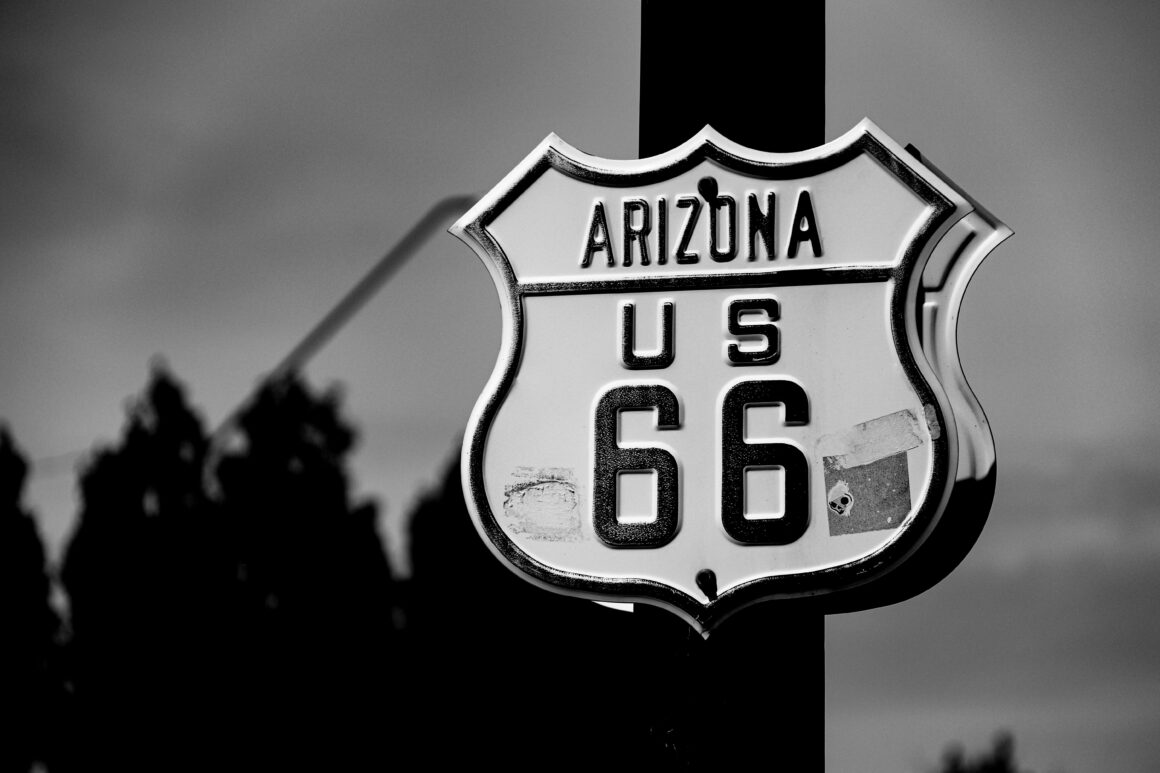When it comes to ground-breaking, game-changing television, most people consider Netflix and AMC the biggest players in producing fantastic and thought-provoking television. But network television is making a comeback with its monster hit How To Get Away With Murder.
If you aren’t caught up and ready for the Season 3 premiere tonight, I strongly advise you watch the first two seasons on Netflix. The show is insanely watchable, suspenseful one minute and intimate the next, and Viola Davis, the Emmy-award winning lead makes every moment worth it.
The show follows Davis’ character Annalise Keating- a criminal defense lawyer and Philly-based law professor. Her introductory criminal law course is dubbed “How To Get Away With Murder” because she teaches students how to defend their clients at all costs- including getting them off on heinous crimes, regardless of whether they are guilty. In fact, many of her clients are guilty, and she seems completely non-plussed with the task of defending them- and she recruits five law students to help her with her cases.
These law students also murdered someone and spend the first season trying to cover it up using the very advice their professor has given them for dealing with clients.
This show is more than just good entertainment- it’s an important piece of work that’s breaking the male-oriented, white-oriented mold in more ways than one.
Firstly, it’s a complete win when it comes to representation. The two lead characters- Keating and her student Wes, are both Black, and there are Black, Latina and LGBTQ lead characters. There’s also class representation- from rich frat boys to families from the rough neighbourhoods of Philadelphia to broke undergrad struggling to get by.
What’s even better about this representation is the casualness of it- the show doesn’t take a colourblind approach by any means, the audience is well aware of how the characters’ race, sexuality and socioeconomic background has influenced their lives and characters. It just puts this diverse group of people in a room together as though it is- and should be- normal, which is something I feel many shows with similar diversity struggles to portray.
Annalise Keating also gets to play the badass- and sometimes the bad guy- without being dehumanized. It’s no secret that television has been taken over the antihero. We no longer enjoy watching compassionate heroes we can root for, instead we want to see cold-blooded characters, watch them rise and fall and occasionally portray vulnerability. However, these roles are almost exclusively taken over by males- Mad Men, House of Cards, Breaking Bad, Bojack Horseman, Better Call Saul, The Walking Dead. Annalise gets to be the antihero of the story, but the show is constantly reminding us she is human. She is not a cold-blooded monster- she is a woman who has been taught to survive and thrive under any circumstances, and she’s someone willing to hurt others only because she’s protecting herself and the ones she loves.
In fact, I would argue that where other antihero shows- like House of Cards and Breaking Bad– show brief moments of vulnerability, there’s not a moment where Annalise isn’t vulnerable. Even when her voice is at its iciest and her glare at its meanest, there’s a desperation and helplessness to her character. She never crosses the line into evil, even as she does evil things.
One scene, in particular, is unforgettable. For about five minutes, Annalise is seen washing the make-up from her face and removing her wig. In a white man’s world where TV females are often passive, pretty white women, there’s something bold about a Black woman de-beautifying herself fearlessly and shamelessly in front of the world.
The show also has amazing HIV positive representation. The series follows the typical emotions that come with such a huge diagnosis- shame, fear, guilt, confusion- while also reminding us that HIV is not a death sentence, and you can live a happy and normal life. It even shows the reality of having a sexual relationship with HIV- from partners taking meds to protect themselves and choosing to have sex anyways. In a world where people with HIV are still blamed, shamed and taught that they should no longer have a healthy sex life, this representation is super important.
There’s also the accurate, respectful representation of sexual assault and mental illness. You see how characters cope with traumatic childhood experiences in their own ways, from using drugs to lashing out at the ones you love, to just being able to move on in a healthy manner. Yes, that deserves recognition too- the people who deal with major trauma and are fortunate enough to walk away without PTSD deserve representation as well. There’s also a secondary plot line in which a character reveals a group of his friends assaulted a girl at a party at his own house- and while he did not participate, he was so drunk he hadn’t been able to realize what was going on upstairs, and blames himself. It shows this plot in an honest light: you see where this character is coming from, the mistakes he’s made, without deciding he gets to go off scot-free and doesn’t hold any responsibility for the events that unfolded.
Lastly, it shows a very realistic and honest approach to the legal system. Yes, you see “bad guys” get away with murder- but you also see where the criminal justice system fails us, from representation of black men falsely convicted, corruption in the justice system, flaws in the jury selection process, false confessions and the grey area in some crimes, such as assisted suicide and self-defence.
All around, it’s a wonderful show that’s changing television by making representation entertaining again.
You should watch it.






Comments are closed.